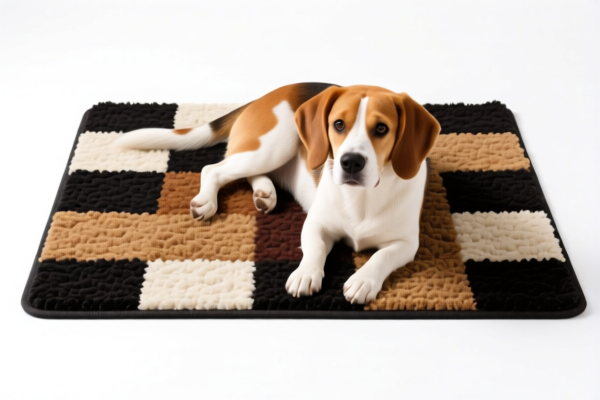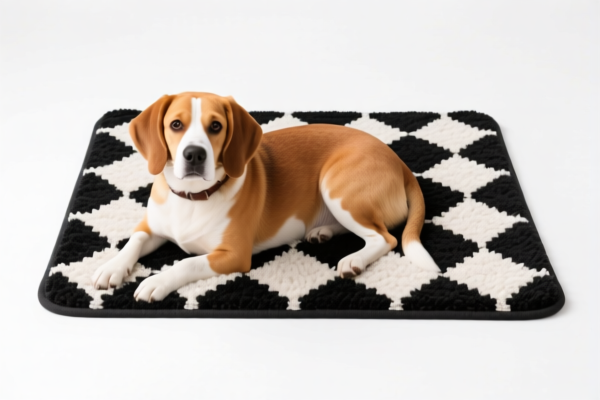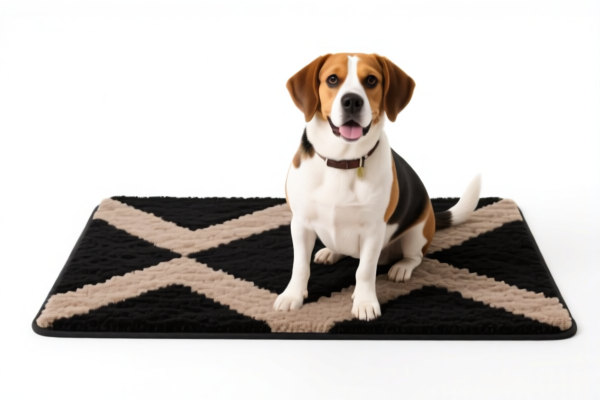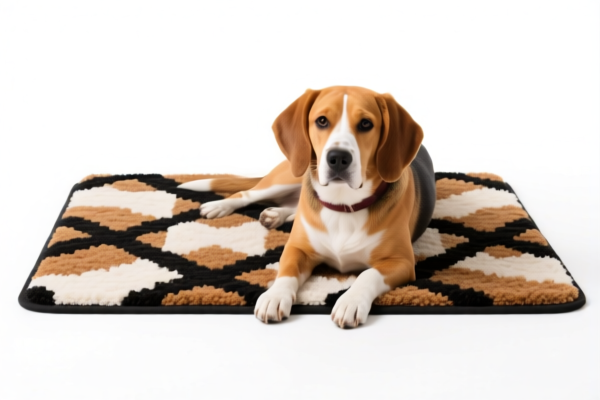| HS Code | Official Doc | Tariff Rate | Origin | Destination | Effective Date |
|---|---|---|---|---|---|
| 5701101300 | Doc | 55.0% | CN | US | 2025-05-12 |
| 5701104000 | Doc | 30.0% | CN | US | 2025-05-12 |
| 5705001000 | Doc | 55.0% | CN | US | 2025-05-12 |
| 5705002090 | Doc | 58.3% | CN | US | 2025-05-12 |
| 7115906000 | Doc | 59.0% | CN | US | 2025-05-12 |
| 7016905000 | Doc | 60.0% | CN | US | 2025-05-12 |
| 7016901050 | Doc | 63.0% | CN | US | 2025-05-12 |
| 6301900030 | Doc | 37.2% | CN | US | 2025-05-12 |
| 6301900010 | Doc | 37.2% | CN | US | 2025-05-12 |
| 6304920000 | Doc | 36.3% | CN | US | 2025-05-12 |
| 6304930000 | Doc | 39.3% | CN | US | 2025-05-12 |
| 9503000090 | Doc | 30.0% | CN | US | 2025-05-12 |




Stair Carpet
Stair carpet, also known as stair runner, is a textile covering specifically designed for staircases. It serves both functional and aesthetic purposes, enhancing safety and interior décor.
Material
Stair carpets are produced from a variety of materials, each offering differing levels of durability, comfort, and cost:
- Wool: A premium choice, known for its resilience, natural stain resistance, and luxurious feel. Offers excellent insulation and sound absorption. Typically the most expensive option.
- Nylon: Highly durable, stain-resistant, and affordable. A popular choice for high-traffic areas. Less luxurious than wool, but offers good performance.
- Polyester: A budget-friendly option with good stain resistance, but less durable than wool or nylon. Can be prone to flattening over time.
- Olefin (Polypropylene): Resistant to moisture, fading, and crushing. Often used in basements or outdoor staircases.
- Sisal/Jute/Coir: Natural fiber options offering a textured, rustic look. Less soft underfoot and can be less durable than synthetic options.
Purpose & Function
- Safety: Provides increased traction, reducing the risk of slips and falls on stairs.
- Comfort: Offers a softer, more comfortable surface compared to bare wood, stone, or tile.
- Noise Reduction: Dampens sound, minimizing noise from footsteps.
- Aesthetic Appeal: Adds color, pattern, and texture to staircases, enhancing the overall interior design.
- Protection: Protects the staircase itself from wear and tear.
Usage Scenarios
- Residential: Commonly used in homes to improve safety, comfort, and aesthetics.
- Commercial: Found in hotels, offices, and public buildings to enhance safety and maintain a professional appearance.
- Historic Buildings: Used to preserve and enhance the original character of staircases.
Common Types & Installation Methods
- Runner: A strip of carpet that covers the central portion of each stair tread, leaving exposed flooring on either side. This is the most common type. Installation typically involves tack strips, staples, and carpet rods or grippers.
- Wall-to-Wall: Carpet that covers the entire staircase, including treads, risers, and landings. Requires more extensive installation and is less common.
- Custom-Cut: Carpets cut to fit the specific dimensions of the staircase, allowing for unique designs and shapes.
- Pre-Cut Stair Treads: Individual carpet pieces designed to fit standard stair treads. Easier to install but offer less customization.
- Riser-Only: Carpet covering only the vertical portion of each stair (the riser). Often used in conjunction with a runner.
Maintenance
Regular vacuuming is essential to remove dirt and debris. Professional cleaning is recommended periodically, depending on foot traffic and material type. Promptly address spills to prevent staining.
Stair carpet typically refers to textile floor coverings designed for use on staircases, providing cushioning and aesthetic appeal. These carpets can be made from various materials, including wool, synthetic fibers, or a combination thereof.
Here are relevant HS codes based on the provided reference material:
-
5701101300: This HS code covers knotted carpets and other textile floor coverings, specifically those made of wool or fine animal hair where the pile was hand-inserted or hand-knotted during weaving or knitting, with over 50 percent by weight of the pile being hair of the alpaca, guanaco, huarizo, llama, misti, suri or any combination of these hairs. It also includes certified hand-loomed and folklore products.
- 57: Chapter 57 relates to carpets and textile floor coverings.
- 01: Heading 01 specifies knotted carpets and other textile floor coverings.
- 10: Subheading 10 indicates carpets of wool or fine animal hair.
- 13: Further specifies those with over 50% alpaca, guanaco, huarizo, llama, misti, or suri hair, and certified hand-loomed/folklore products.
-
5701104000: This HS code covers knotted carpets and other textile floor coverings made of wool or fine animal hair, but other than those specified in 5701101300. Specifically, it includes hand-hooked carpets where the tufts were inserted and knotted by hand or by means of a hand tool.
- 57: Chapter 57 relates to carpets and textile floor coverings.
- 01: Heading 01 specifies knotted carpets and other textile floor coverings.
- 10: Subheading 10 indicates carpets of wool or fine animal hair.
- 40: Further specifies hand-hooked carpets.
-
6304920000: This HS code covers other furnishing articles (excluding those of heading 9404) that are not knitted or crocheted and made of cotton. If the stair carpet is made of cotton and is used as a furnishing article, this code may be applicable.
- 63: Chapter 63 relates to other textile articles.
- 04: Heading 04 specifies other furnishing articles.
- 92: Subheading 92 indicates articles not knitted or crocheted, of cotton.
-
6304930000: This HS code covers other furnishing articles (excluding those of heading 9404) that are not knitted or crocheted and made of synthetic fibers. If the stair carpet is made of synthetic fibers and is used as a furnishing article, this code may be applicable.
- 63: Chapter 63 relates to other textile articles.
- 04: Heading 04 specifies other furnishing articles.
- 93: Subheading 93 indicates articles not knitted or crocheted, of synthetic fibers.
It is important to determine the material composition (wool, synthetic fibers, cotton, etc.) and the manufacturing process (knotted, hand-hooked, woven, etc.) to accurately classify the stair carpet.
Customer Reviews
No reviews yet.